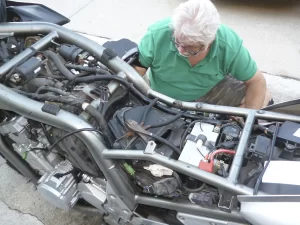A motorcycle accident involves a higher degree of complexity than typical automobile collisions, requiring detailed motorcycle crash analysis to determine causes and contributing factors. Two aspects considered paramount for motorcycle crash analysis include injury biomechanics and human factors ways to appreciate how the rider’s body responded in a crash and how human behavior affects the outcome of accidents.
The Role of Biomechanics in Motorcycle Crash Analysis
Motorcycle biomechanics is the study of how forces interact with the body in the crash. The study provides an understanding of rider kinematics (post-impact tmotion), injury patterns, helmet performance, and effectiveness of protective gear.
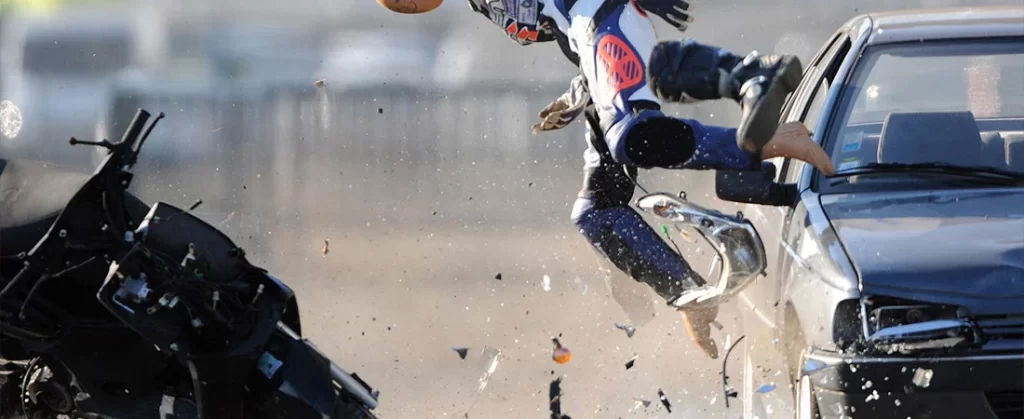
Understanding Rider Kinematics
A motorcycle crash includes multiple forces acting on its rider. Hence, a motorcycle crash expert analyzes:
- The ejection or throw angle of the rider from the motorcycle
- Impact points on the rider’s body
- Influence of speed, angle, and surface conditions on injury
Dr. John Lloyd utilizes his expertise in biomechanics to analyze how those impact forces cause injuries, thereby providing key information in accident investigations and law cases.
Performance of Helmet and Protective Gear
Another part of the motorcycle crash analysis is the evaluation of helmet protection. The aspects considered by the motorcycle crash experts include:
- Damage sustained by the helmet and forces due to the impact;
- Compression of the liner and protection of the skull;
- Compliance with safety standards (DOT, ECE, Snell).
Dr. Lloyd’s work in motorcycle biomechanics may help decide whether or not the helmet successfully prevented head injuries and brain injuries or that design defects resulted in injury.
Injury Causation and Severity Assessment
A biomechanical assessment allows experts to correlate accident dynamics and specific injuries. Such evaluations may include:
- Fractures and soft tissue injuries
- Head and spinal trauma
- Injury severity as a function of the crash scenario
Through the analysis of injury biomechanics, the expert can determine whether safety systems were appropriate or if other factors contributed to injury causation.
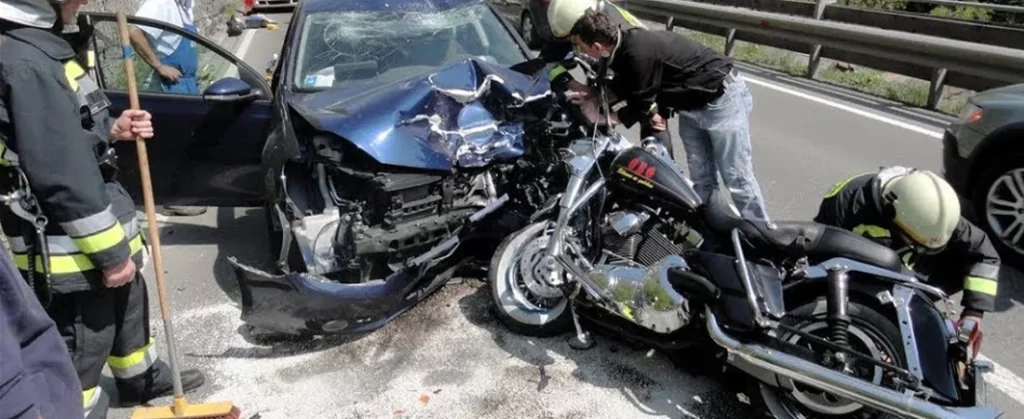
FAQs
- How have biomechanics been useful in analysis?
Motorcycle biomechanics establish how forces acted on the motorcycle rider’s body, which explains the injury patterns and the level of effectiveness of protective gear, including helmets
- What is the importance of human factors in accident reconstruction?
Motorcycle human factors studies how rider perception, reaction time, and decision-making can help understand if human error played a role in the crash.
- Is there an analysis of motorcycle crashes that can reveal a defective helmet?
Yes, helmet inspection in the course of the analysis can indicate defects in design or manufacture that could have contributed to head injuries.
Conclusion
The interlinking of motorcycle biomechanics and motorcycle human factors is vital for accurate motorcycle crash analysis. Dr. John Lloyd, a professional in these fields, investigates injury causation, helmet effectiveness, and rider behavior in crashes based on scientific methodology. His knowledge will illustrate to legal teams, insurance companies, and accident victims the multifaceted dynamics of motorcycle accidents, leading to an accurate evaluation of such cases.

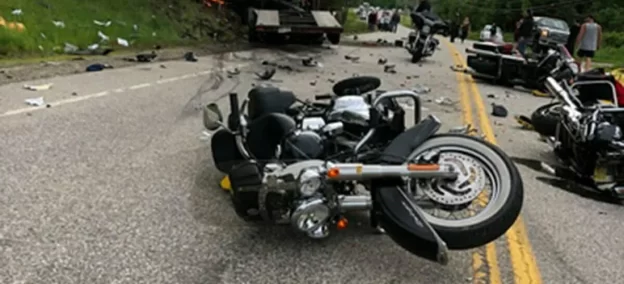

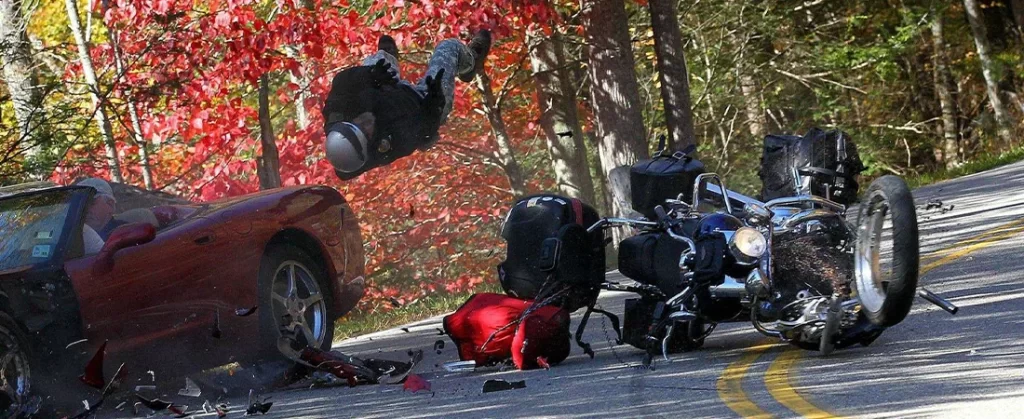


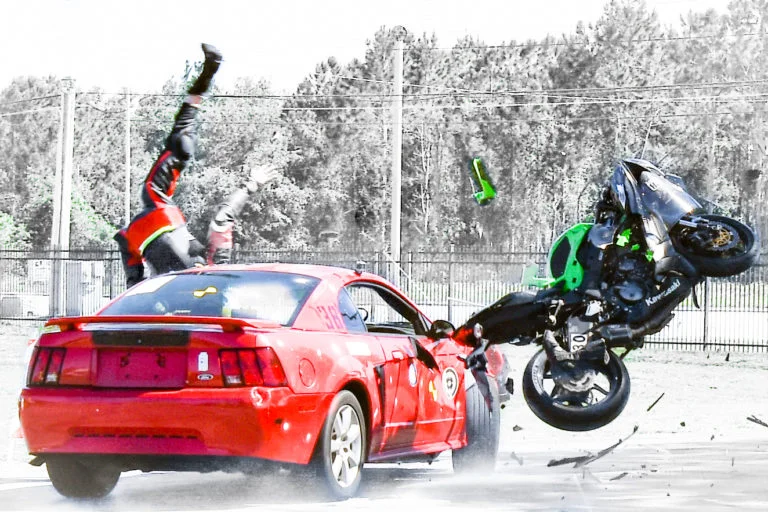
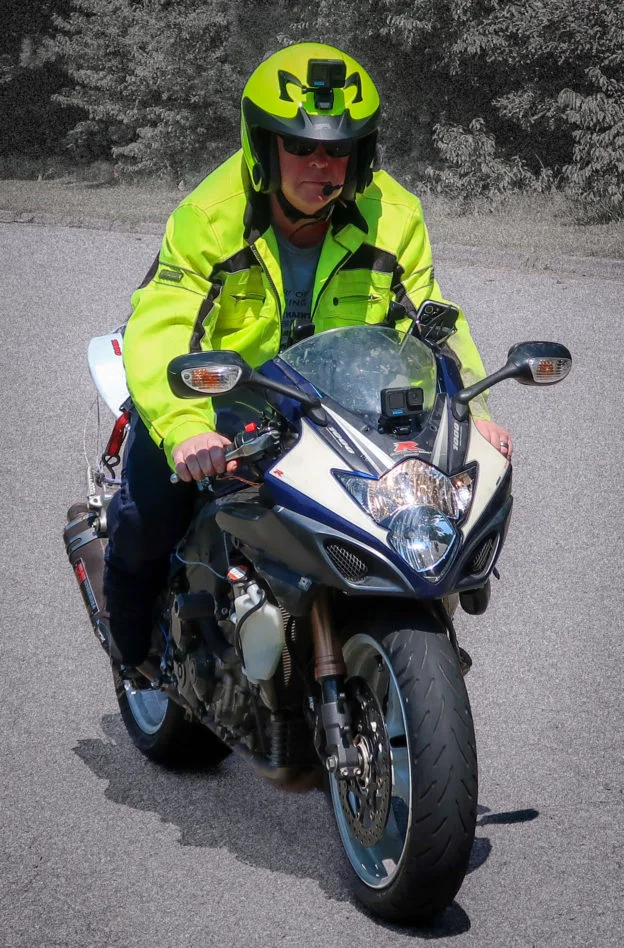
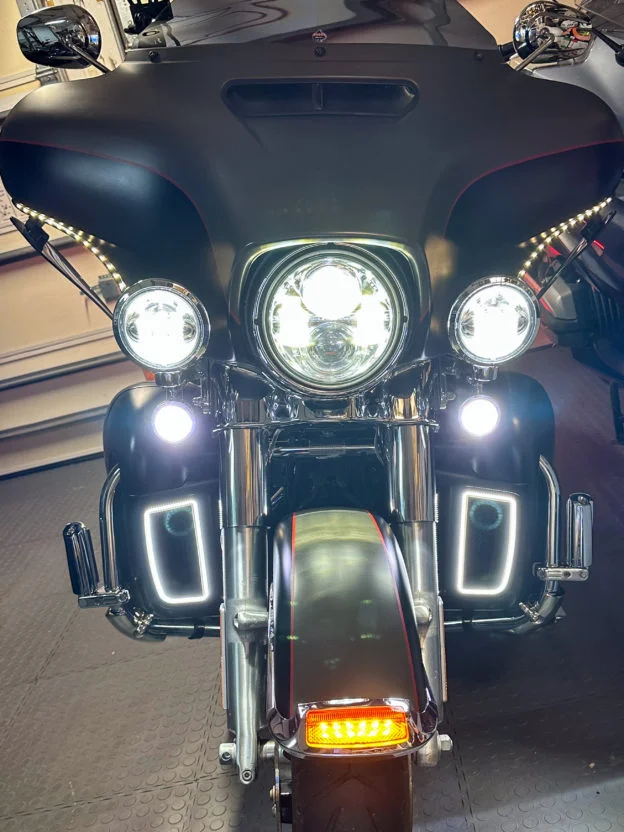
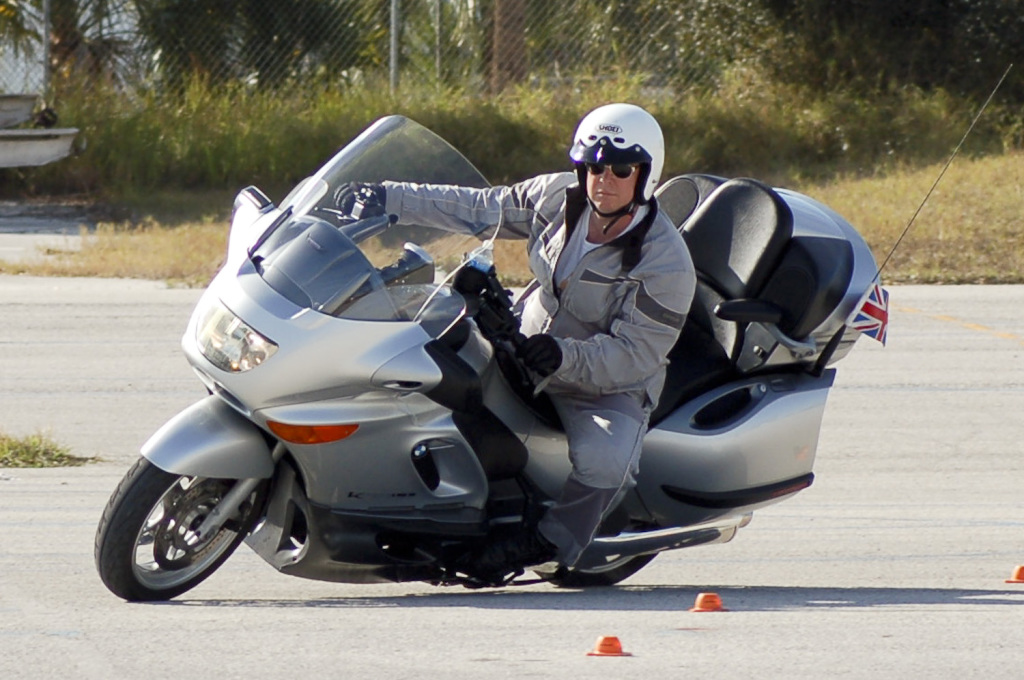 Dr. Lloyd has completed numerous advanced programs, including Motorcycle Safety Foundation (MSF), Experienced Rider Course and Total Rider Tech Advanced training.
Dr. Lloyd has completed numerous advanced programs, including Motorcycle Safety Foundation (MSF), Experienced Rider Course and Total Rider Tech Advanced training.
